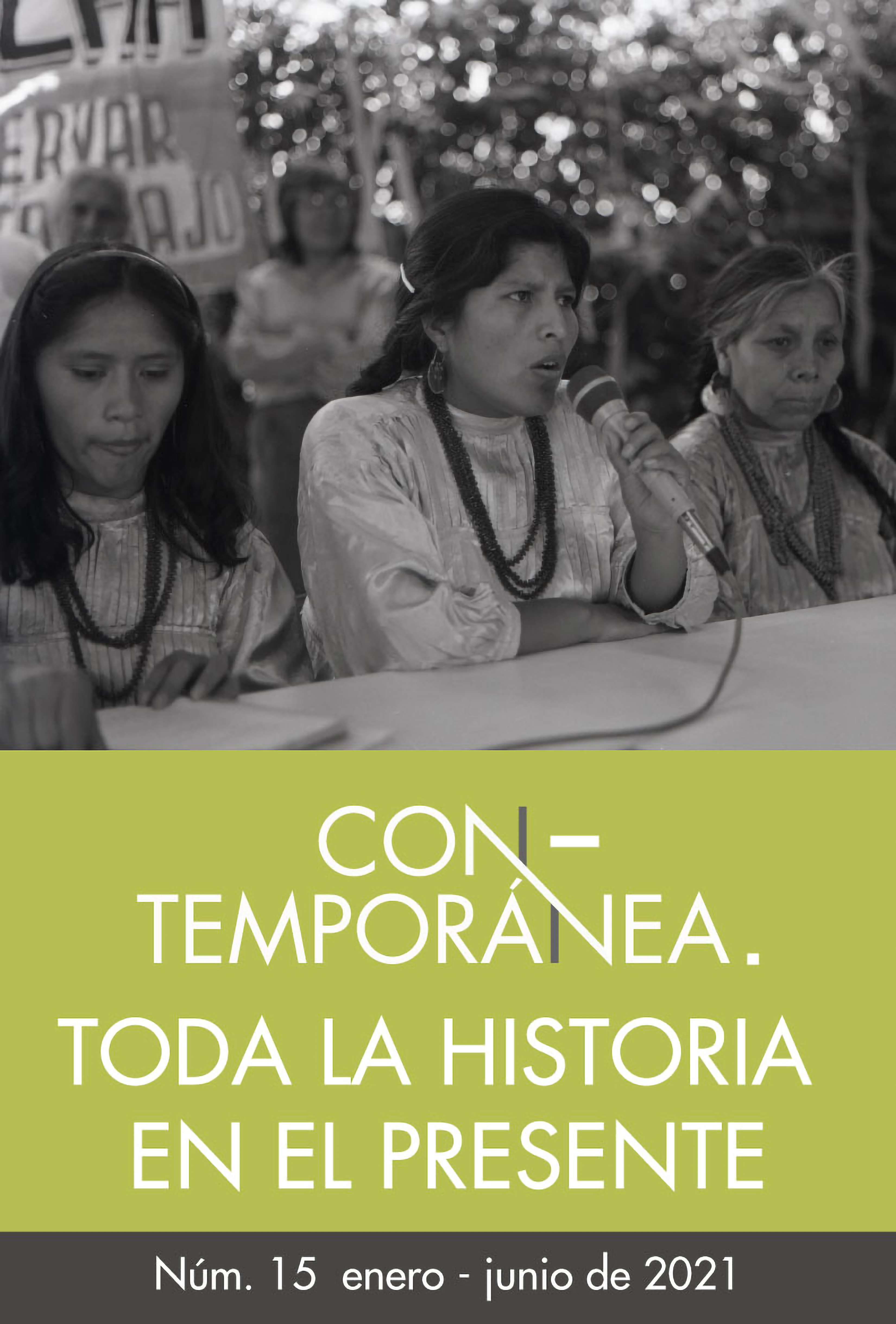Del Oficio
Published 2022-06-21
Keywords
- memory, autonomy, community, legality, elections, uses and customs.
How to Cite
Violencia, elecciones y autonomía municipal. El caso de Cherán. (2022). Con-temporánea, 8(15), 89-103. https://revistas.inah.gob.mx/index.php/contemporanea/article/view/17986
Abstract
This article describes the way in which the inhabitants of Cherán have fought for their municipal and indigenous autonomy. With the oral history methodology, it seeks to understand how the people of Cherán built a justice mentality that broke ties with the federal, state and municipal government to generate a form of autonomous government from the community by show of hands in the neighborhood assemblies, regardless of the elections of the free and secret vote at the polls.
Downloads
Download data is not yet available.
References
- Constitución Política de los Estados Unidos Mexicanos.
- “Convenio (No. 169) sobre pueblos indígenas y tribales en países independientes”, Ginebra, OIT, 1989. recuperado de: https://www.senado.gob.mx/comisiones/desarrollo_social/docs/marco/Convenio_169_PI.pdf, consulta el 12 de noviembre de 2020.
- Entrevista realizada a Guillermina Tapia por Mario Camarena en Cherán, en 2017.
- Entrevista realizada a Salvador Campanur por Mario Camarena y Guillermina Tapia, en Cherán, Michoacán, en 2015.
- Entrevista realizada a Salvador Huaroco, 2018.
- González Rodríguez, Sergio, Campo de guerra, México, Anagrama, 2015.
- Tribunal Electoral del Poder Judicial de la Federación, “Juicio para la protección de los derechos político-electorales del ciudadano”, expediente SUP-JDC-9167/2011, 2 de noviembre de 2011.
- Vasco, Luis Guillermo, “La lucha guambiana por la recuperación de la memoria”, en Cristóbal Genecco y Marta Zambrano, Memorias hegemónicas, memorias disidentes. El pasado como política de la historia, Bogotá, Instituto Colombiano de Antropología e Historia-Universidad del Cauca, 2000, pp. 23-24.

